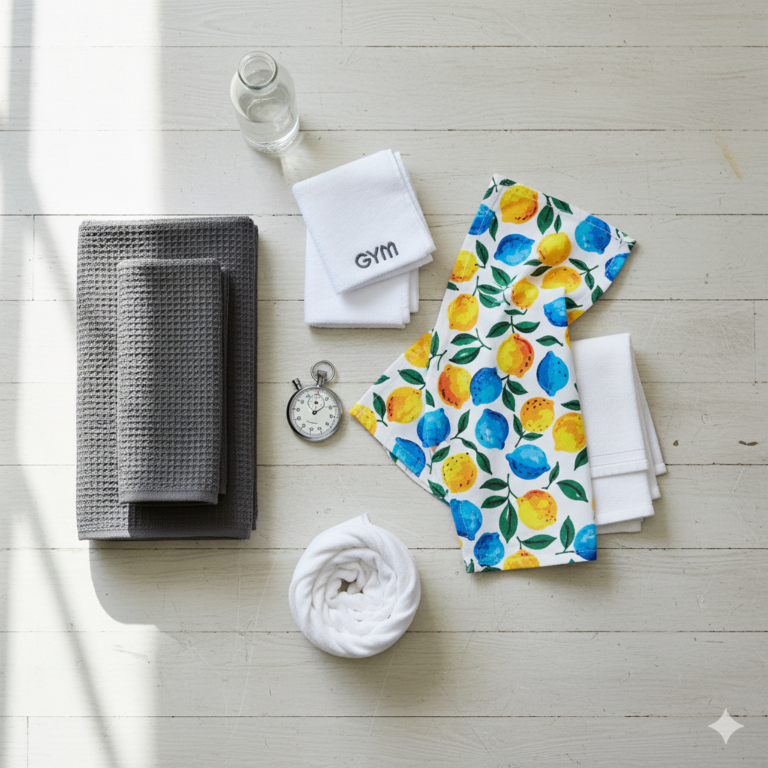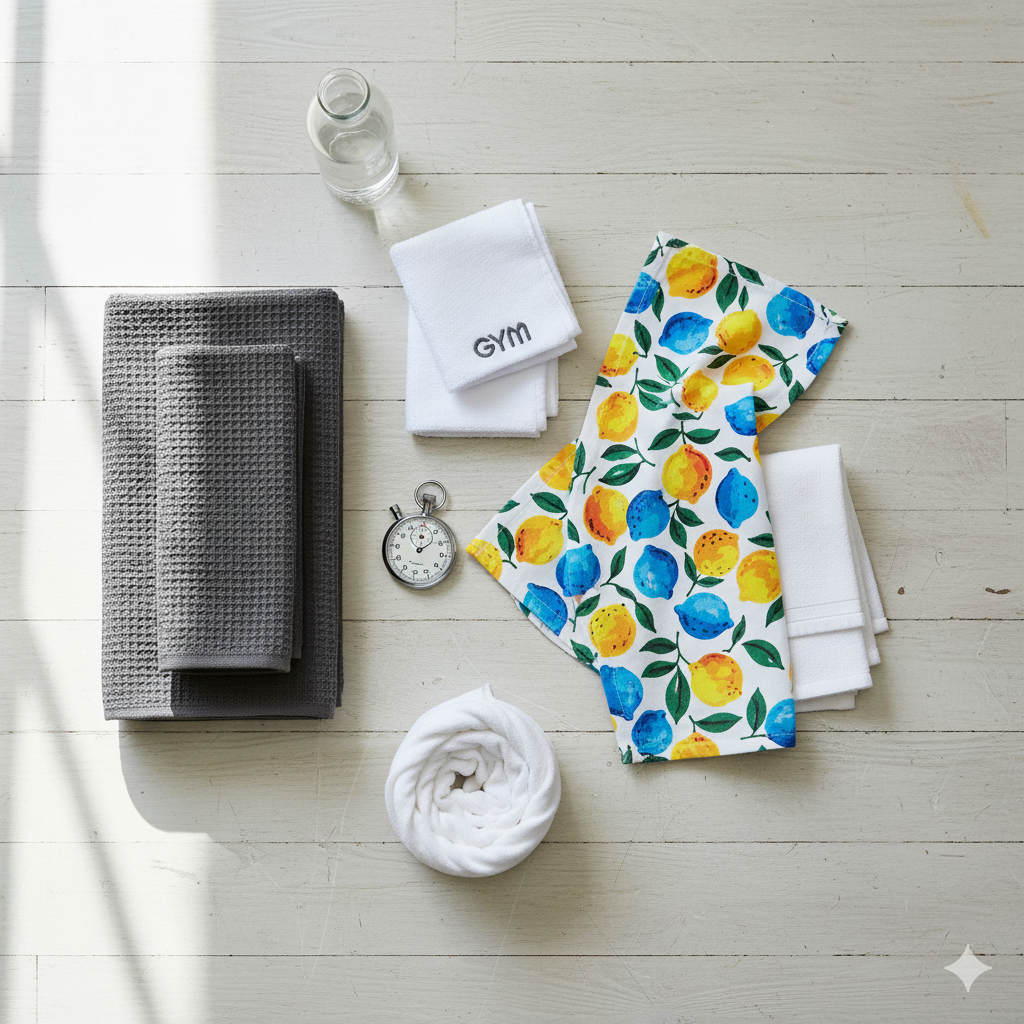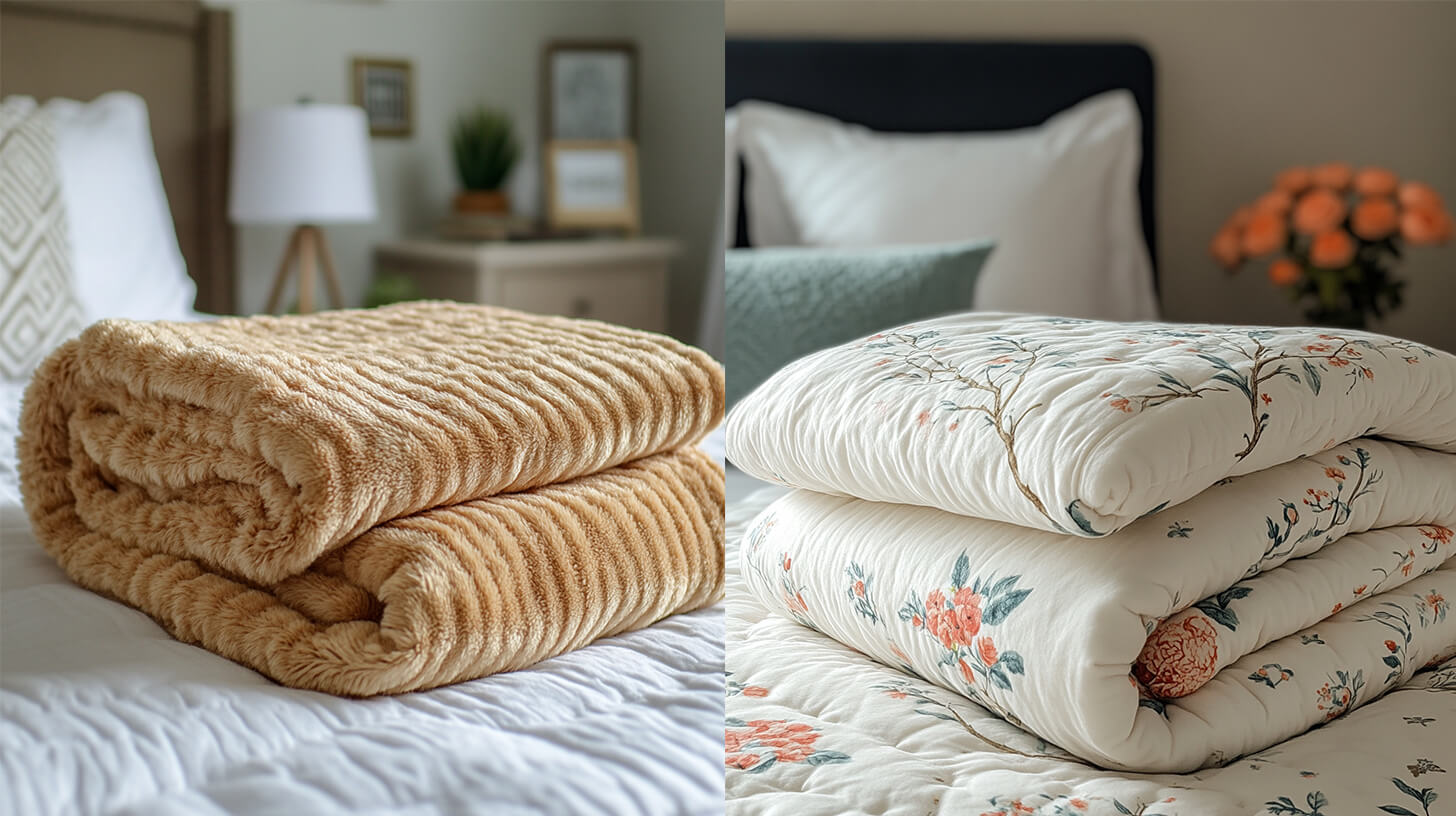Curtains are an essential part of any room, adding warmth, style, and privacy. However, they often get neglected when it comes to regular cleaning and maintenance. Dust, dirt, and even allergens can accumulate over time, dulling the fabric and affecting the overall air quality in your home. To keep your curtains looking fresh and beautiful, it’s important to clean and maintain them regularly.
In this blog, we’ll walk you through the best practices for cleaning and maintaining your curtains, ensuring they last longer and continue to enhance the aesthetic of your home.
1. Understand the Fabric Type
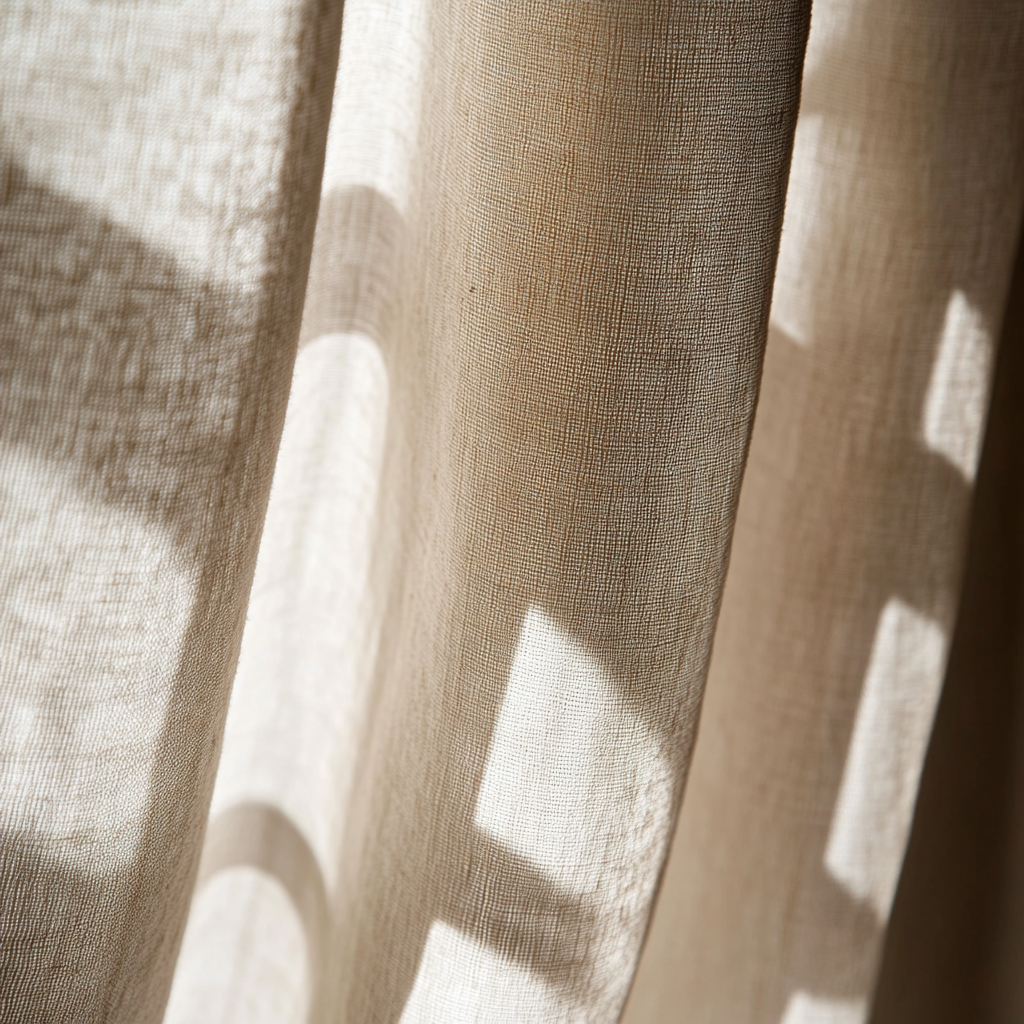
Before you clean your curtains, it’s essential to know what material they are made of. Different fabrics require different cleaning methods to prevent damage.
Cotton and linen curtains are durable and can usually be machine-washed. However, to maintain their shape and texture, it’s best to wash them in cold water on a gentle cycle. Air drying is preferred to avoid shrinkage.
Velvet and heavy fabrics, like brocade or tapestry, should be dry cleaned to preserve their structure and texture, as machine washing can damage them.
Sheer or lightweight curtains, usually made of synthetic materials like polyester, can be hand-washed or machine-washed on a gentle cycle. It’s best to hang them to air dry to prevent any shrinkage.
Silk curtains are delicate and should be dry cleaned to prevent fading and damage to the fibers.
2. Regular Dusting and Vacuuming
Dust buildup can quickly dull the appearance of your curtains, especially if they are made from lighter fabrics. Regular dusting or vacuuming is the easiest way to maintain their freshness.
Use a vacuum cleaner with a soft brush attachment to gently remove dust from your curtains once a week. Start at the top and work your way down in long, even strokes to prevent dust and dirt from settling into the fabric.
For more delicate fabrics like silk or lace, gently dusting them with a soft cloth can remove surface dirt without damaging the material.
3. Spot Clean Stains Immediately
Accidents happen, and sometimes your curtains may get stained. The key is to address the stain as soon as possible to prevent it from setting into the fabric.
When dealing with a stain, always blot it with a clean, damp cloth. Avoid rubbing, as this can spread the stain and damage the fabric.
For most fabrics, you can use a mild detergent mixed with water to gently clean the stained area. Test the detergent on a small, inconspicuous area first to make sure it doesn’t damage or discolor the fabric.
If your curtains are made from delicate or sensitive fabrics like velvet or silk, it’s best to take them to a professional cleaner for stain removal.
4. Machine-Washing Curtains

If your curtains are machine-washable, it’s important to follow these steps to ensure they come out looking clean and fresh without any damage.
Wash your curtains on a gentle or delicate cycle to prevent wear and tear on the fabric. Always use cold water to wash your curtains, as hot water can cause shrinkage and fading, especially with natural fabrics like cotton or linen.
Opt for a mild detergent that is free from harsh chemicals and dyes to protect the fabric’s color and integrity. Air drying is the best option for most curtains to prevent shrinkage and maintain their shape. If you must use a dryer, choose a low heat setting and remove the curtains while still slightly damp to avoid wrinkles.
5. Dry Cleaning for Delicate Curtains
Some curtains, especially those made of delicate fabrics like silk or velvet, should be dry cleaned. Be sure to check the care label on your curtains before attempting to clean them at home.
Dry cleaning ensures that delicate fabrics retain their color, texture, and integrity. Be sure to choose a reputable cleaner that has experience with curtain care.
6. Ironing and Steaming for a Wrinkle-Free Look
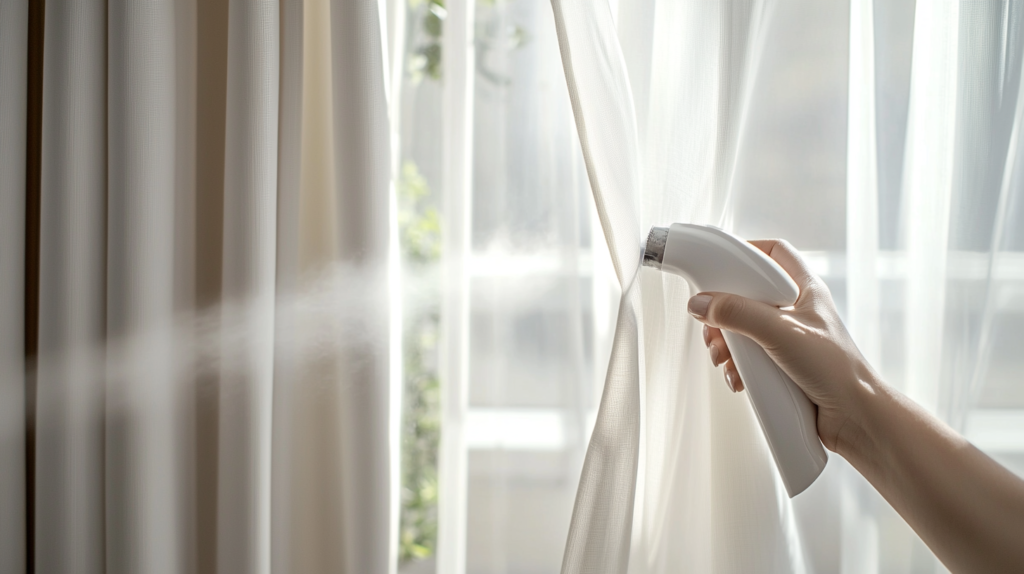
After washing or drying, your curtains may have wrinkles. Here’s how you can freshen them up without damaging the fabric.
For fabrics like cotton or linen, ironing on a low heat setting can remove wrinkles effectively. Place a cloth between the iron and the fabric to avoid scorching.
For more delicate fabrics like silk or velvet, using a steamer is a safer option. Steaming helps relax the fabric without applying direct heat, which could damage or discolor it.
7. Rotate Your Curtains
If your curtains are exposed to direct sunlight for extended periods, they can fade over time. To prevent uneven fading, rotate your curtains every few months. This allows all areas of the fabric to be exposed to light and air equally, helping them maintain their color and texture for longer.
8. Seasonal Cleaning
In addition to regular dusting and spot cleaning, your curtains should receive a more thorough cleaning at least twice a year.
Spring and fall are ideal times for a deep clean. Take down your curtains and either wash or dry clean them depending on their material. This seasonal cleaning will help eliminate any accumulated dust, allergens, and pollutants, ensuring a healthier environment in your home.
Conclusion: Maintain Your Curtains for Longevity and Freshness
Keeping your curtains clean and well-maintained not only enhances the look of your home but also improves the air quality and prolongs the life of the fabric. Whether you’re dusting regularly, spot cleaning, or giving them a seasonal deep clean, these practices will keep your curtains looking fresh, vibrant, and long-lasting.
With the right care, your curtains will continue to beautify your space and provide the comfort and privacy you need.

